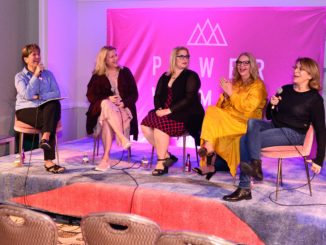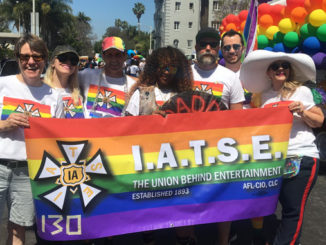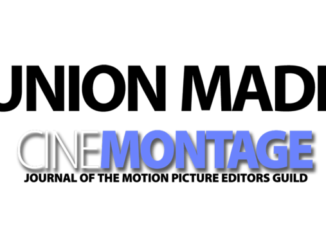
by Debra Kaufman • photos by Sharon Smith Holley
Among the 250 top-grossing films of 2016, 79 percent had no female picture editors and 93 percent had no female supervising sound editors. On the films with male directors, women accounted for 17 percent of picture editors; with a female director, that number went up to 43 percent. According to San Diego State University’s Center for Women in TV and Film’s Celluloid Ceiling Report (http://womenintvfilm.sdsu.edu/research), which has been collecting data since 1998, the numbers haven’t really changed over all those years, staying steady at around 20 percent female editors — except in 2016, when the number dipped down to 17 percent.
Those were just some of the facts presented by Kylee Peña, workflow supervisor at SIM Digital, who has been tracking data related to women in post-production. She made a presentation of her findings at the first meeting of the Editors Guild’s Women’s Steering Committee in the Guild’s Board Room in Los Angeles on August 5. Dorian Harris, ACE, chairs the committee, which was formed earlier this summer.
The Women’s Steering Committee is one of several new sub-committees of the Guild’s Diversity Committee, which was created in 2015 to bring awareness of inclusion in the workplace, offering support, mentoring and opportunities. The Diversity Committee is co-chaired by Maysie Hoy, ACE, Dave Jackson and Glenn Morgan, MPSE.
Peña’s presentation focused on “Keeping Women in the Post-Production Industry,” since while women represent basically 50 percent of the population, they only have 22 percent representation in the film and television workforce.

If you’re a man, don’t stop reading. Looking at the issue of why women continue to be under-represented in the edit suite isn’t just an issue for female editors, although get a group of women editors together (as MPEG did with this meeting) and the stories of bias and sexism are rampant. Studies have shown, again and again, that adding a representational number of women to the mix benefits the health and success of all business. That means men as well as women can embrace the goal of a diverse workforce for reasons of self-interest, not simply because it’s the right thing to do.
One of those studies, conducted by auditor/professional services company KPMG and published in Forbes (https://www.forbes.com/sites/kpmg/2017/06/07/inspiring-greatness-advancing-women-leaders-in-the-workplace/#3169e2ef4c54), showed that diversity improves the workplace, is a key driver of innovation and fosters creativity. L’Oréal chief executive Frédéric Rozé added, “We need to generate the best ideas from our people in all levels of the company and incorporate them into our business practices.”
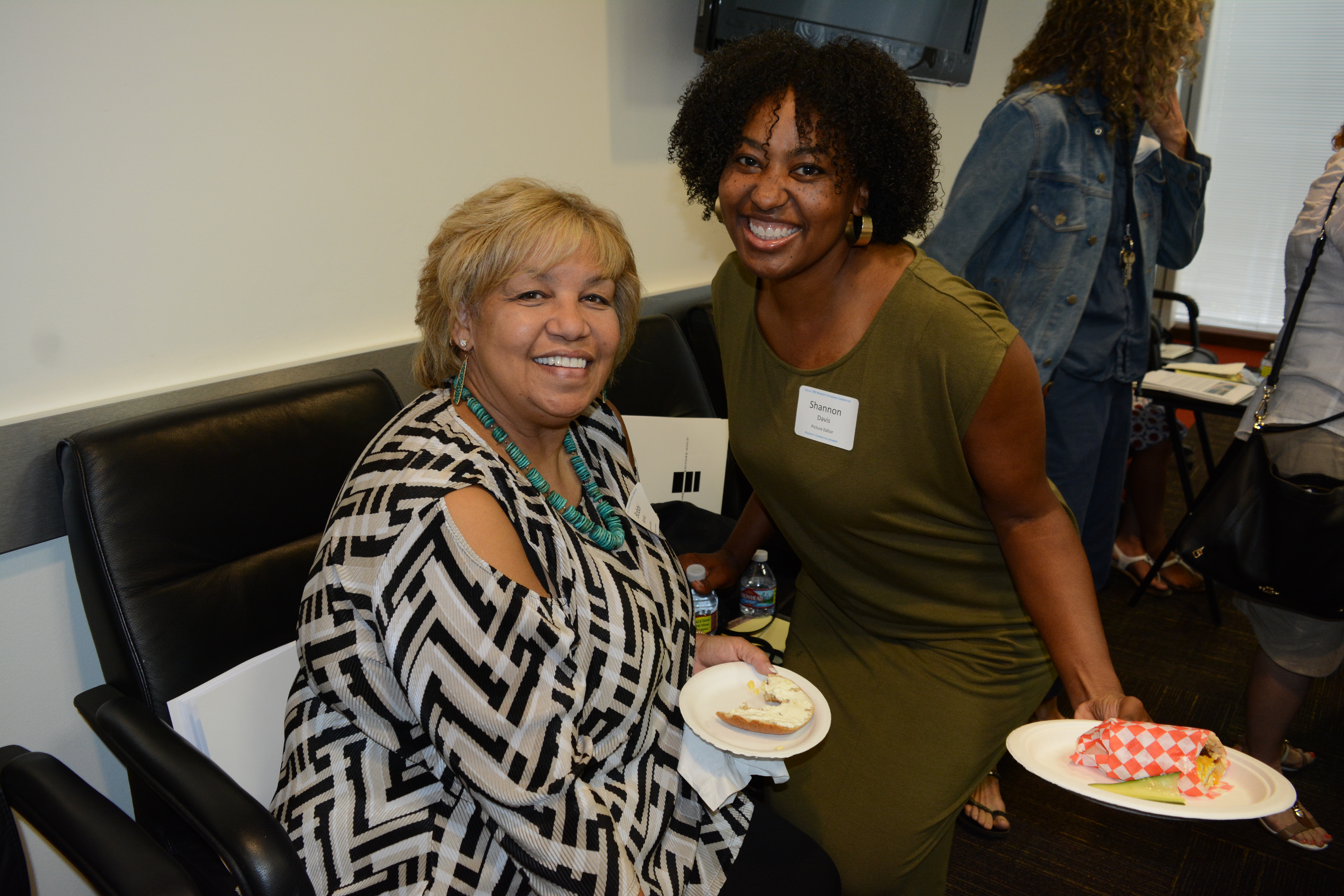
Showrunner Dan Harmon (Ricky and Morty, Community) noted, “Having [women] in the room is crucial to a family comedy, television comedy, where half of the eyeballs on your show are women. I think we have to stop thinking of it as a quota thing and think of it as a common-sense thing.”
Sexism or bias against women shows itself in the workplace in two ways. Malevolent sexism is what it sounds like: sexual harassment, online trolling and so on. It sounds like something too blatant and old-fashioned to be happening today, especially in the edit suites of Hollywood, but, alas, it can still happen.
At the Women’s Steering Committee meeting, one editor talked about being brought onto a feature and then enduring sexual harassment. “I kept it quiet and didn’t say anything,” she said. “If it got to HR, I knew I’d get fired.” It did get to HR, and their solution was to put her in her own room. When she allowed male friends to come in and sit on her sofa, she was reprimanded and told to lock her door. Nothing happened to the person who sexually harassed her.
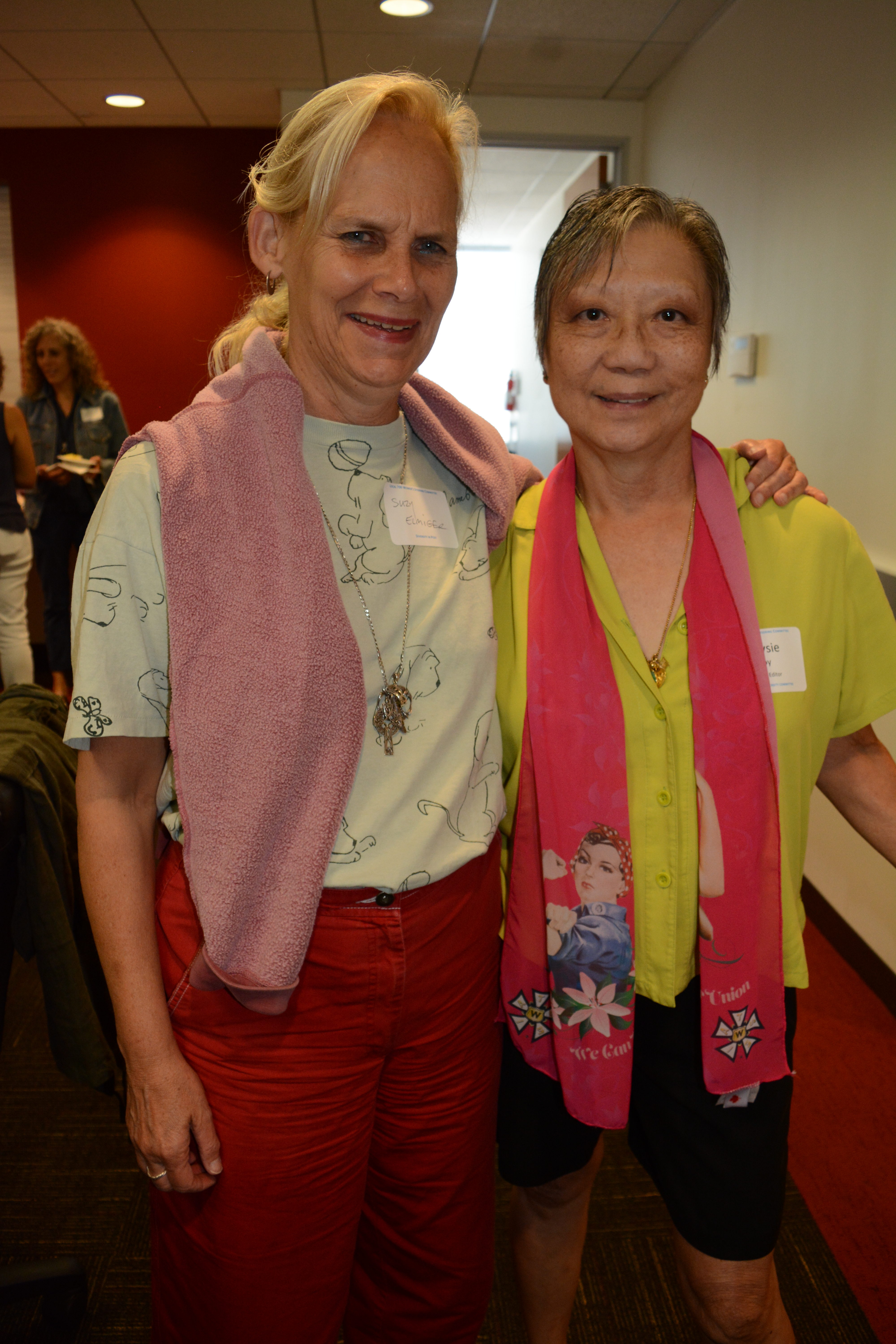
But what most women editors face in the workplace is so-called “benevolent sexism.” As Peña explained, “Pervasive gender bias is harder to deal with. A male editor says he doesn’t hire female assistants because he doesn’t want to have to worry about them getting attacked walking to their cars. It’s tropes that people repeat— subconscious, implicit gender bias. Once you start to see this as something that we were all socialized to believe, once you start talking about it, it starts to get a little bit better.”
Want to find out if you have implicit bias? Harvard University’s Project Implicit offers bias tests on career vs. gender and many other related topics here: https://implicit.harvard.edu/implicit/.
Stories of implicit bias in the industry are rife. One of the most common themes is lack of promotion. “I’ve trained some men who then got promoted above me,” reported one woman at the meeting. “Excuses were made as to why they were promoted.” Another woman was brought onto a show as a first assistant editor but then was paid less than the additional male assistants who were brought in after her. “I’m supposed to be running the room, but I’m surrounded by men paid more than I was,” she said.
Then there’s the issue of “tone” — pushback when women speak up or complain about the harassment or sexism to which they are subjected. Many women have the experience of putting forth an idea that is ignored, only to see that same idea embraced when, a few minutes later, a man voices it. Peña reports that when she decided to stop apologizing in her e-mails, she immediately received feedback that she was being too aggressive.

“These issues comes up time and time again,” says Harris. “On an all-male, all-white crew, they don’t even realize there are no women or people of color.” One woman shared that, because she keeps her hair short and doesn’t dress like a woman, she is constantly being told that her choices might impede her career. That’s an example of the term “intersectionality,” coined by US academic/civil rights activist Kimberlé Williams Crenshaw to describe the overlapping of intersecting social identities of race, class, gender and gender identity. Some Guild members experience bias not just for being female but due to an “intersecting” bias toward their color, gender identity or age.
One major difference in how men and woman are treated in the post-production workplace is the hot-button issue of family. “When a man leaves early from work to pick up his child, he’s applauded for being a good father,” says one woman. But it’s very, very different for women. One editor became pregnant during the season of a TV show and gave her “out” date. “Everybody was accommodating,” she says. “But when the date came, all of a sudden it was, ‘No, we can’t have this.’” The next season, pregnant with her second child, she was not invited back; negotiations to find some place on the show led to nothing.

Another woman, with an eight-month-old at home, talked about feeling isolated and fearful of letting anyone even know she has a child. “People tell me not to mention I have a child; I don’t have photos of them at work or on my Facebook page,” she revealed. “I’m secretly reaching out to people for family-friendly environments.”
What are the solutions? Peña noted that women leave the workforce often “because they get tired of the additional challenges they face there. They are often forced to make decisions they wouldn’t have to otherwise. We should support women to leave the workplace to raise a child, but give her the option to work part-time or have a re-entry point.”
Young women as early as high school age need to be presented with the possibility of employment in below-the-line professions. “They see writing, directing and acting, but it isn’t until they get out of college that there are hundreds of other jobs,” remarked one woman. “Encourage them to look at these jobs. Then you start filling up the ranks, rather than imposing diversity from the top down.” Harris agreed: “Above-the-line gets a lot of publicity for having diversity programs, but there’s very little publicity about below-the-line.”
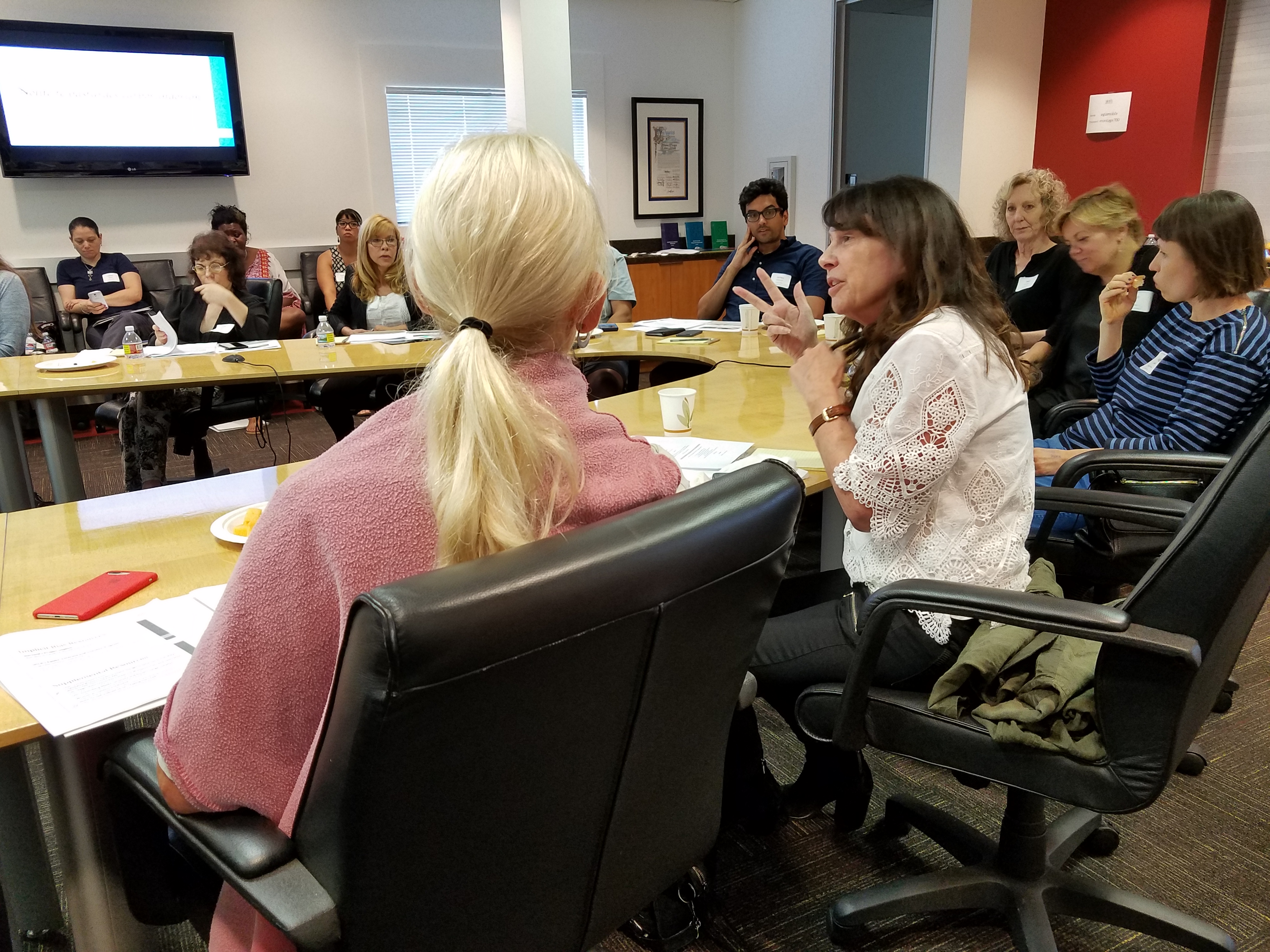
The lack of a human resources division is the “root of the problem,” mentioned other editors. “Assistant editors don’t have agents,” one of them said. “We don’t have anyone we can go to and speak up for you. Perhaps the Women’s Steering Committee could be that.” Another suggestion was to have an exit survey for each job, to create a feedback loop, as well as regular meetings to talk about the issues and resolve problems. “The more stories we share, the more we can educate people about what’s really going on,” said one editor.
Another noted that, as a schoolteacher, she received professional development training. “We need training about being assertive in negotiations,” she offered. Another editor suggested that women “need to reach out to post supervisors about how women are being paid less than men,” pointing out, “That’s a legal issue.” Harris urged members to contact their Guild field representatives for any situation they felt was a violation. “Go to the Guild,” she advises. “They’re there to help you.”
Women need to be allies to other women in their sphere — including standing up for their assistants. And men can play an important role by being allies of their female colleagues. One editor at the meeting reported that, while she was working on a show, a man in a superior position would make a point of petting her on the head every time he entered the room. Then one day, another man asked her if that behavior bothered her. “I said, ‘Of course, but I don’t want to make waves,’” she explained. That man must have said something to the offender, because he never again petted the editor’s head.

“Support each other, intersectionalize, work from the ground up,” advised Peña. “We keep women in post when we make them visible, valuable and credible. Mitigate the reasons they must exit and provide tangible tools for them. Men need to listen to women, and women need to listen to each other.”
The Women’s Steering Committee is planning its next meeting for January 2018.



